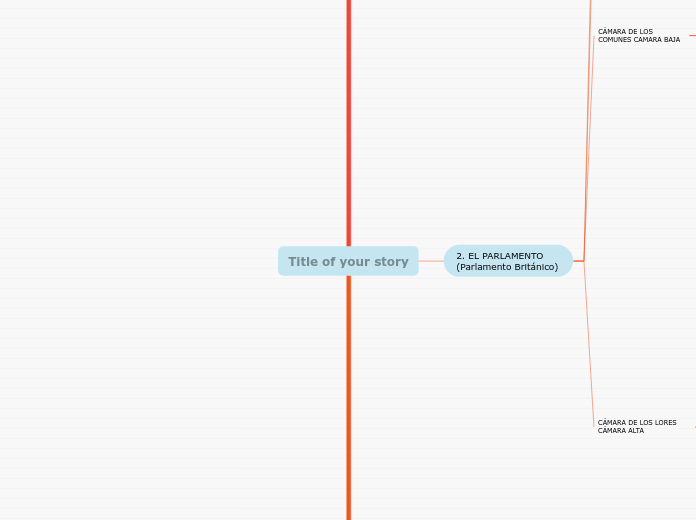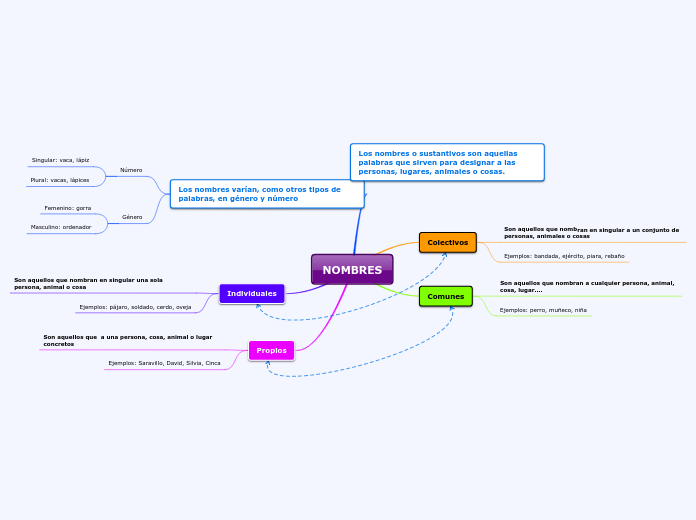Title of your story
To name your story, you have to think about the overall message and what you want your audience to understand from the story. Also, make it relevant and easy to remember.
CLOSING
The ending of a story is essential. We all know that if the ending is weak, what happened before loses its importance. So make it unpredictable, but fair. A resolved ending answers all the questions and ties up any loose threads from the plot.
OUTCOME
This is the closure section of the story.
See examples of possible outcomes below:
- all problems have been solved
- it's clear how each one of your characters ends up
- your main character is transformed by the challenge
Outcomes
Try answering these questions to come up with a closure:
- Have all the problems been solved?
- Is there a clear picture of what happens with each character in the story?
- Has the challenge transformed your main character?
- How do the characters feel in the end?
CLIMAX
This is the moment when the main character surpasses the last obstacle and finally faces their greatest challenge.
The climax usually follows one of these patterns:
- realization
- resolution
- choice
Type in your answer.
How does your main character finally solve the problem?
2. EL PARLAMENTO (Parlamento Británico)
The middle of the story is where you add layers of complications that will lead to the end. Reveal more about the character's journey. Did their personality go through changes? How did they overcome the challenges? And as you build up the story’s central conflict, make it more personal to that character. Also, from the middle act, you have to lead into the final act.
CÁMARA DE LOS LORES CÁMARA ALTA
Tipos de Lores
3. Lores Vitalicios
2. Lores Temporales
Lores Jurídicos
Conservan vitaliciamente el derecho de asistir y votar a la Cámara
Aunque no trabaje en el ejercicio judical
Nombrados por la corona
15 años de abogacia
Con 2 años desempeñado alto cargo judicial
Cumple judiciales de la Cámara Alta
Nombrados a tenor de la Ley
De Jurisdicción de Apelación
Lores de Irlanda
Con la creación del estado de irlanda
Quedo como grupo virtualmente extinguido
Elegidos 28
Acta de Unión de 1707
Lores de Escocia
Elegidos 16
Acta de Unión de 1707
Lores Hereditarios
El título de Par
Da derecho a escaño en la cámara alta
Desde 1965 está limtado
La concesión de los títulos de Par hereditario
Por consejo del Premier
Ptorgado por Reina
Ley de títulos par 1963
Nombramiento
Hoy sigue creciendo
Considerandose como cámara aristocratica
1958 antes de ser vitalicios llegó a 873 pares
Entre 1935 y 1955
250 pairias
Jorge III
Nombramiento masivo de lores
1830 se había llegado a los 400 Lores
1265, los Lores eran 190
Que no hayan renuncado al título
No existe número fijo
1. Lores Espirituales
Otros 21 obispos de la Iglesia de Inglaterra
Durham y Winchester
obispos de Londres
Arzobispos de Cantorbery y York
El Lord Canciller
Recomendado por el primer ministro
Varios tipos de Lores según rango
Hereditarias
Se llega por nacimiento
Por designación real
No electiva
CÁMARA DE LOS COMUNES CAMARA BAJA
There wouldn't be any tension and excitement in your story if there weren't any obstacles in your character's way.
Comisiones
Revisa
Circunscripciones de que están encargadas
Verifican
A intervalos entre 10 y 15 años
Permanentes
Inglaterra Escocia Gales Irlanda del Norte
El Speaker
Representa
Los intereses de los Comunes
Elegido por los diputados
Hombre sin partido
Presidente de la Cámara
Elección
A story is nothing more than a character overcoming a series of difficulties to reach the desired goal. Obstacles usually create suspense and conflict. In overcoming obstacles, there is growth: weak becomes strong; hatred turns into love; sadness into happiness; wrong into right; lies into truth; or evil becomes good.
See a few examples below:
- stopping a meteor
- finding a killer
- finding love
Tantas circunscripciones uninominales según número total de diputados a elegir
Sistema electoral mayoritario
Una sóla vuelta
Integrada por 650 diputados
El resto entre Escocia, Gales e Irlanda del Norte
Más de 500 son elegidos por Inglaterra
De elección popular
GENERALIDADES
Your character(s) need(s) motivation in order to solve the challenge(s).
Es Bicameral
Secondary characters also might have motivs beacuse of which they may cross path with main character or which might trigger them to help the main character.
Cámara Baja
Cámara de los Comunes
Cámara Alta
Cámara de los Lores
Cuenta con una línea más prolongada de ininterrumpido desarrollo
Why does your character need to confront this challenge? What does he/she expect to accomplish by solving it?
See a few examples:
- will marry in 3 days
- can fix the mistakes of the past
Título
Madre de los Parlamentos
SUPREMA AUTORIDAD LEGISLATIVA
Each story has a main character and that character usually needs to solve a problem or challenge. The character's challenge is the one that creates tension throughout the story.
The Queen in Parliament-
In most stories, there are 3 challenges. The number 3 is a mystical number symbolizing completeness. Try to come up with interesting challenges with which your character needs to struggle.
See a few examples below:
- turns into a werewolf at night
- is sent back in time
La Reina en Parlamento
Las dos Cámaras del Parlamento
La Reina
BEGINNING
In the beginning of the story (or the exposition), you will need to introduce the setting and characters. You might also want to introduce the main conflict. This part of the story is important because it gives the reader necessary background information and maybe even a first insight into a character’s personality.
SETTING
The setting (time & place) of a story can change throughout the plot.
Sensory detail
Sensory details include sight, sound, touch, smell, and taste. These details are important because they create depth in your setting.
See a few examples below:
- the smell of fresh bread
- the scent of freshly cut grass
- rain falling onto the windshield etc.
Sensory details
Weather
The weather is an important element in your story because it can highly influence the ambiance and the mood of the characters.
Do these weather conditions affect the main character?
The most affected character is the main character. Write down here if he/she is affected by these weather conditions in any way. For example, if they lost a family member or their home during a hurricane, etc.
Elements of nature
Decide if you want to include an element of nature in your story. For example, a rainbow can be a very nice choice for a happy ending. The mist in a story can represent mystery and secrets. A thunder can appear in the background at the moment when the 'bad guy' of the story makes its appearance, etc.
Catastrophic event
Does your story include catastrophic weather? See a few suggestions below or add your own:
- hurricane, earthquake, storm, etc
Time
The time of the story can also change. It can describe the event of a single day or can include an entire year's plot. Anyway, don't forget to mention it.
Time of plot
Where does the story takes place?
Your story can take place wherever your imagination will take you to.
For example: in an elevator, in an enchanted forest, etc. Don't forget to give details of the environment each time the setting changes, otherwise, the story can be confusing. Also, mention the seasons as each of them has unique weather and events.
Location
CHARACTERS
Characters are essential to a good story. Usually, the protagonist(s) is/are the most affected by the plot. Introduce a character by focusing on their actions, interests, and occupation, as the physical appearance doesn't make a difference in most cases.
Character's name
Type in the name of your character.
Other
Add other qualities/attributes of the character.
Main Goal
What is your character's main goal?
fight Evilfind lovedefeat his/her enemyrule the worldmake friendstime travelmake an awesome discoveryOther
Character traits
Which traits best describe the character's personality? Choose more if necessary:
introvertedloyalkindindependentquick-thinkingadventuresomeidealisticsweet-naturedcalmrisk-takercreativewittystrictfussyweirdclumsyharshaggressivecarelessclingingcowardlycrueldeceitfulimpulsiveOther
Type of character
Choose the type of your chacter:
Protagonist (main character)Antagonist (main character's opponent)Flat (stereotypical character)Round (his/ her personality develops throughout the story)Static (doesn't evolve as a person throughout the story)Dynamic (dramatical change in personality)Confidant (the main character trusts him/ her)Foil (contrasting character who enhances the personality of another character)Other










